Conflict, Consequences, and Context--Creating a Unit on "The Immortal Life of Henrietta Lacks"6/29/2020 by Ric Nudell, June 2020 I was introduced to The Immortal Life of Henrietta Lacks when my wife, Aliza Ansell (one of the co-authors of this unit, along with Kristi Kaeppel) talked to me about reading it with her ABE students. When I became an ABE teacher, I borrowed Aliza’s work to teach parts of the book with my students.
When my students study a historical text, I like to ask if they can identify whose story we are hearing.
I ask my students to identify those differences, and ask what we might infer from them. Why have different narrators included different details? What might that tell us about the narrators, or about the story? I close the exercise by asking how what we just discussed might encourage us to do more critical thinking when we study history. The consequences of that convergence continue to manifest themselves today. Differences among those three groups across categories--like health outcomes, economic achievement, educational opportunity, incarceration, and voting rights--are rooted in the course of that convergence. The work to deliver inclusive civil rights and social justice matters. The outcome is not predetermined. Even the best actors in that work need broad support. In an 1862 letter to Horace Greeley, President Lincoln wrote:
0 Comments
Teaching the American Civil Rights Movement by Brooke Machado, May 2020 The Civil Rights Movement transformed life in the United States, enveloping some of the most defining years in American history. I have continuously embedded some form of instruction on Civil Rights in my adult education classes since my first job teaching ESOL at night school in Dorchester. I created the “America’s Civil Rights Movement” instructional unit, with some sample lesson plans, from a compilation of what has worked best for my students over the past 20 years. The material can be taught in its entirety or in parts coupled with other history- or civics-based lessons. Why teach America’s Civil Rights Movement? America’s Civil Rights Movement is a worthy subject to teach for numerous reasons. Students have a natural interest in the topic so are drawn to it. Most, regardless of where they are from, have basic knowledge of some of the era’s most important players and key events, and they are often hungry to know more. This semester, I kicked off by asking students what they want to learn. One student shared that while she knows who Dr. King is, and his famous speech, she wanted to gain a deeper knowledge of why he gave the speech, and what was happening in the country before and after it. In my experience, this type of close questioning and discovery of new knowledge often drives students throughout the unit. Additionally, students have the opportunity to discover what is lesser known, sadly in part because it is lesser taught. My students say, year after year, that during their time in school, they were not taught important Civil Rights topics. I once read a statistic that only some 2% of high school students are familiar with Brown v. Board of Education, for example. Many of the texts encountered in Civil Rights teaching expose students to the lesser known change-makers and events that have changed the country. The students respond My students have proclaimed liking this topic more than others we cover about history all year (that’s fine by me, no offense taken!). Observably, students are energized throughout the learning, often sharing the knowledge they acquire with their loved ones and beyond. When I have asked, “What do you want to remember about the American Civil Rights Movement?” here are some of my students' responses:
Recommendations for use with STAR If you teach a STAR class (for adult learners who read at GLE 4.0–8.9), you can incorporate the Civil Rights Movement as the topic through which to teach and practice the essential components of reading—alphabetics, fluency, vocabulary, and comprehension.
Other modifications Teachers can modify the unit plan or lesson plans to accommodate the needs of their students or to better work among other existing constraints. Activities like the brainstorm, timeline, and conversation mingle work well as stand-alone activities or can be added to an existing Civil Rights unit that instructors teach. The poster project could be modified to incorporate technology by creating a short slide presentation, or by designing as a one-pager that gets published in a class book. For teaching in the pandemic era, I am exploring ways the activities and materials could be adapted to teach remotely or in a hybrid model so that students can continue to grow by connecting previous knowledge with new knowledge and concepts they learn.
by Christina Cronin and Maura McCabe, STAR teachers at the Abisi Adult Education program in Lowell, MA When we first found out that it was time for our school to adopt the STAR model, and that we would have to attend several training days over several months, we were a bit overwhelmed, honestly. Once the training was complete, we had to figure out just how to implement STAR into our program. While we knew it would take extensive planning on our parts, our director was on board with building planning time into our schedules to allow us to create and build thematic STAR units. One thing we knew for sure was that our lower level learners really enjoyed learning about science and history blended into their reading and writing instruction. This one bit of consistent feedback from them, over several years, served as a springboard for our STAR planning. In the Beginning When our students begin, they each receive an orientation, during which they learn about the rules and regulations at Abisi Adult Education, and about the STAR program. Each student is given a binder to keep all of their STAR materials organized. This binder is kept at school. In the binder, students are given a handout that explains the four components of STAR (Phonics/Alphabetics, Vocabulary, Fluency and Comprehension). The binder also includes their personalized schedule, a Knowledge Rating Scale, and a Vocabulary Quadrant. Diagnosis
Creating Curriculum—the Content When creating the curriculum, we generally begin by choosing a topic for the unit and then looking at a calendar to see how many weeks we have before our next start date for students. Our program manages enrollment with new students starting classes every 6 or 7 weeks. Once we know how many weeks we have for a unit, we then begin planning it out in a logical sequence, deciding the main concepts and topics to focus on. One such planning calendar is shown here. Please note that it's a draft, a rough copy for planning, and may therefore include grammatical mistakes! Creating Curriculum—STAR Planning When we have decided upon concepts and topics, we then begin to create materials to be used for each week. We typically take the time to comb through all of our book resources and flag and copy anything relating to the topics we’ve laid out on our planning calendar. We are fortunate enough to have purchased many resources through our school budget, but we also utilize and print a lot of articles from many online resources.
The Schedule
Setting up the Space and Materials We have color-coded the 4 components of reading in an effort to minimize stress and help keep students (and staff) organized: Alphabetics/Phonics is green, Fluency is purple, Vocabulary is yellow, and Comprehension is blue. We find that photocopying materials for each component on colored paper helps the management of class time. Increasing student’s vocabulary knowledge is a key component of STAR, so we also like to post our vocabulary words each week. Since we have 2 different groups for Vocabulary who meet in different rooms, we have a vocabulary board in each room, with the words appropriate to the group that meets there. We encourage students to refer to the words on their wall and to try to use them as much as possible! Once introduced, students make their own sentences with their vocabulary words, and we encourage students to use them in the context of our unit themes. During vocabulary review weeks, students have the opportunity to create crossword puzzles on computers for their peers to practice with. In an effort to create independent learners, we have also set up a station for students to use. The student station includes extra copies of the Knowledge Rating Scale, Vocabulary quadrants, and Vocabulary sentence sheets, as well as various Comprehension and Alphabetics templates. The station is designed so that as the year progresses, students can take templates as they run out. The student station is shown here, with student binders and color-coded strategy templates for each of the four components. Is it worth it? Although STAR takes a lot of pre-planning, we are fortunate to have our director’s support for building in adequate planning time and ordering necessary materials. We feel that color-coding and organizing some of the key STAR elements has greatly improved our efficiency and our student’s comfort with this reading program. The feedback we have received from our students has been very positive, and they have shown great improvements through STAR! In last year’s class of 15, we post-tested 12 (3 left the program). 11 out of these 12 students showed improved scores, and 6 of those 11 made Measurable Skills Gains. We also recently found out that four of our former STAR students are now enrolled at Middlesex Community College. Yes, it is!
|
Why?
Read our first post.
Archives
June 2020
Authors
SABES, the System for Adult Basic Education Support in Massachusetts, promotes high quality adult education services through training, support, and resources that improve the skills and knowledge of practitioners and strengthen programs.
Contributors are practitioners in the field and members of our team. Track Us
Adult Ed Blogs
CommentComment directly on any post by clicking on the Comment links at the beginning and end of that post. Or send us a general comment or question—we'd love to hear from you!
|
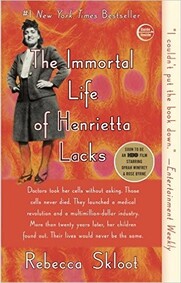
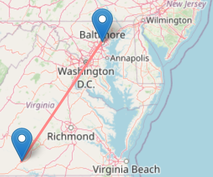

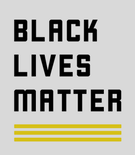
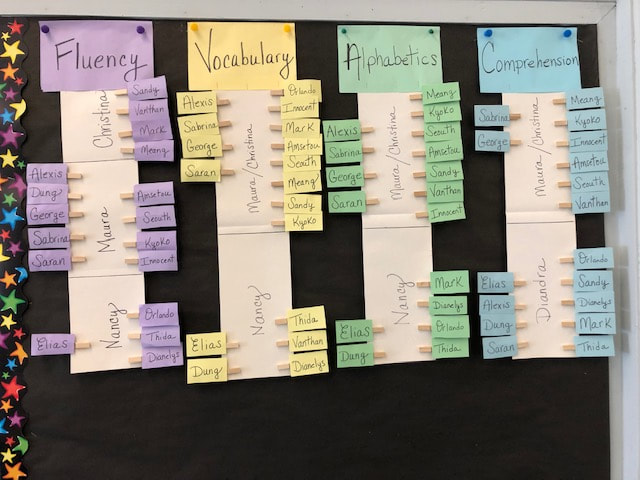
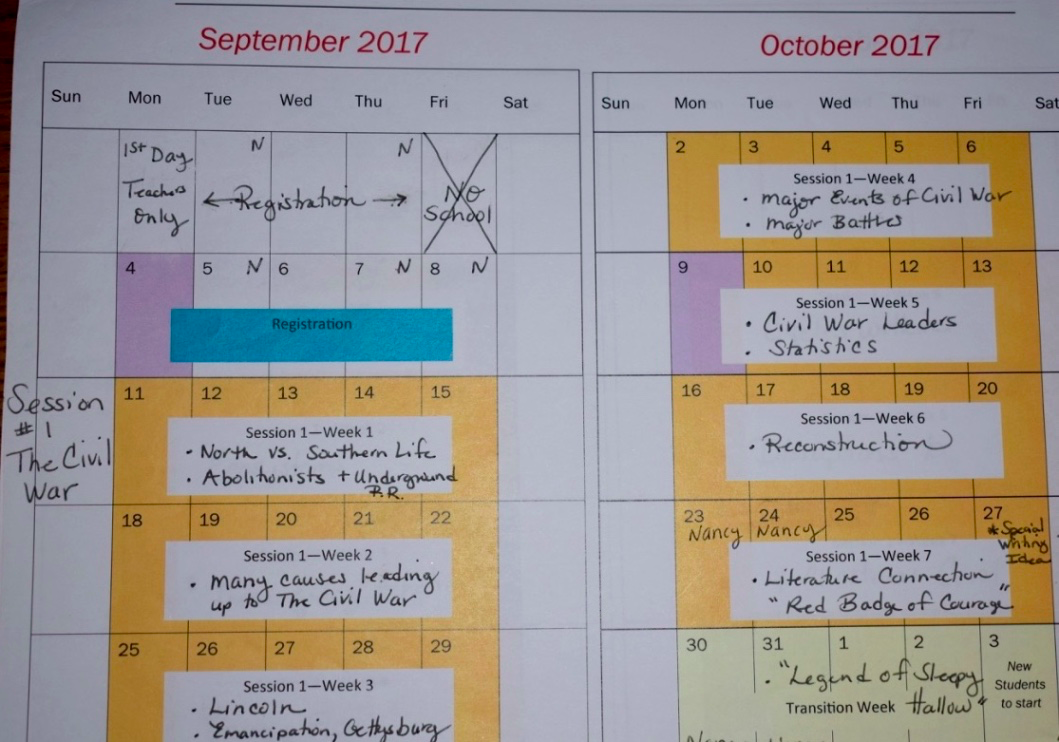
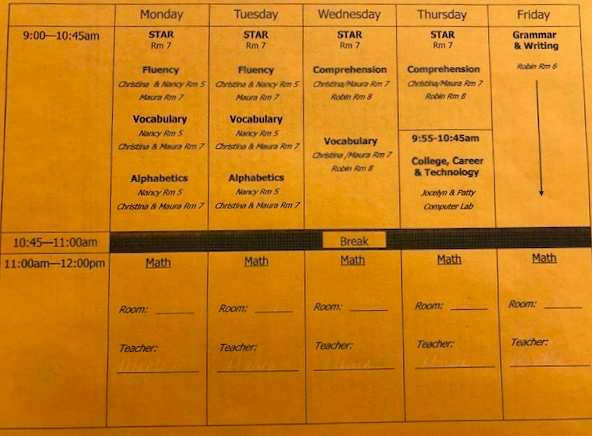

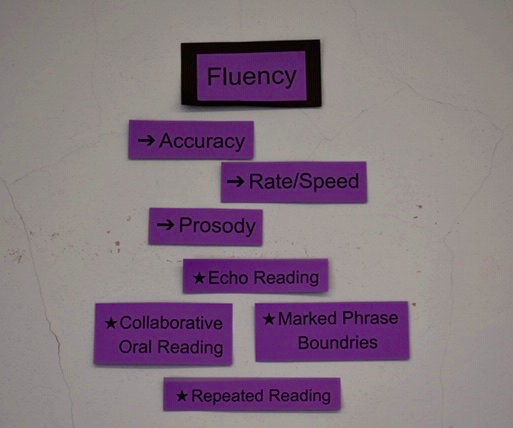
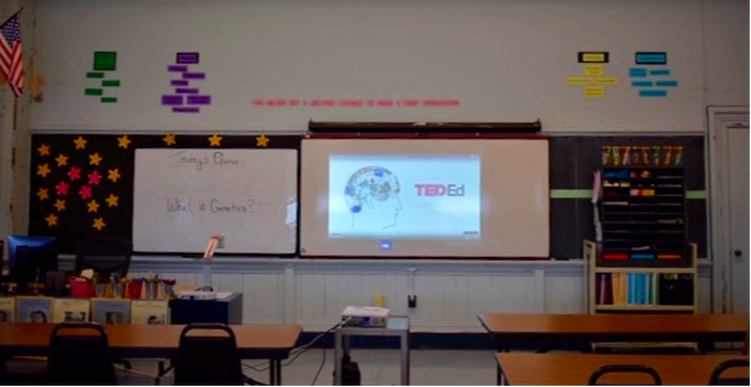
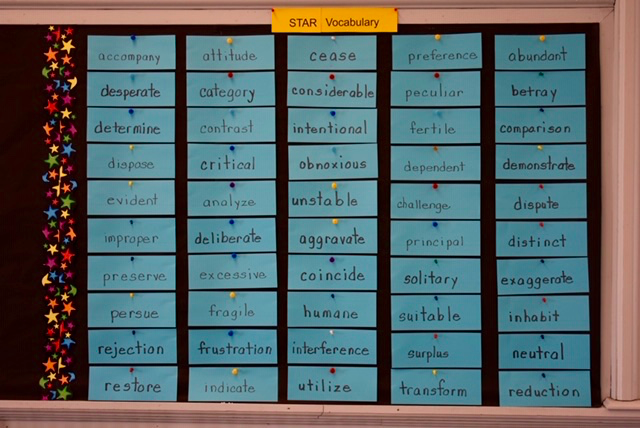
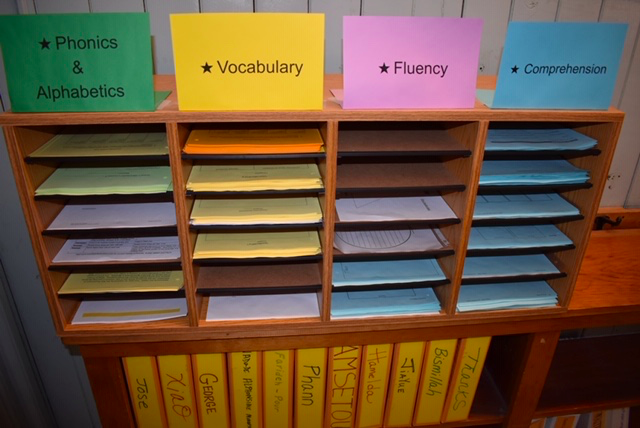
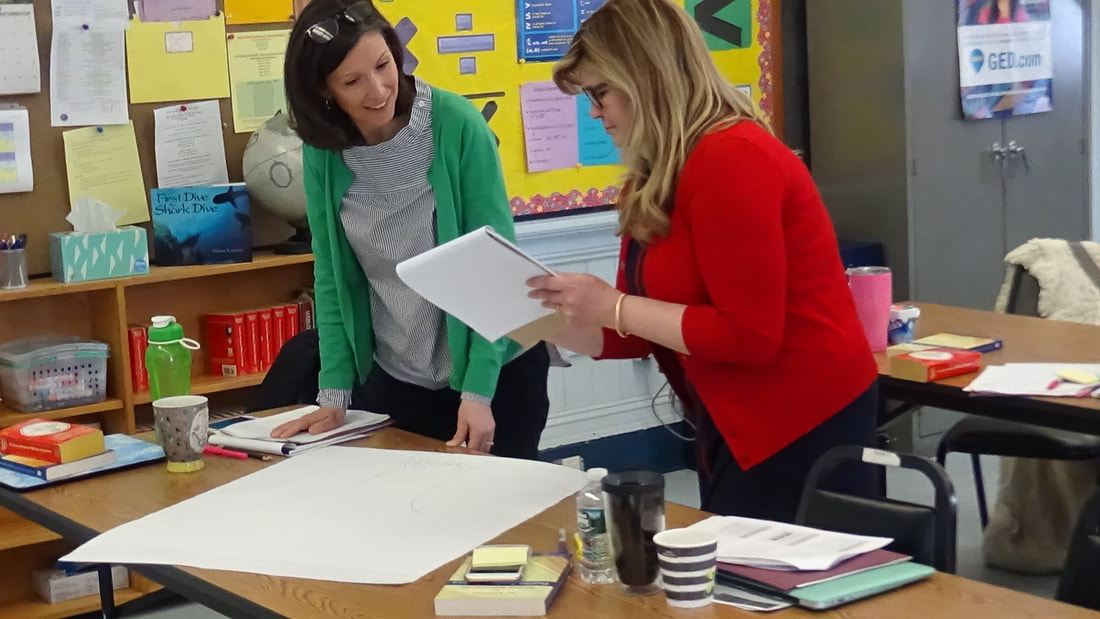
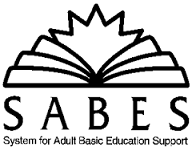

 RSS Feed
RSS Feed
